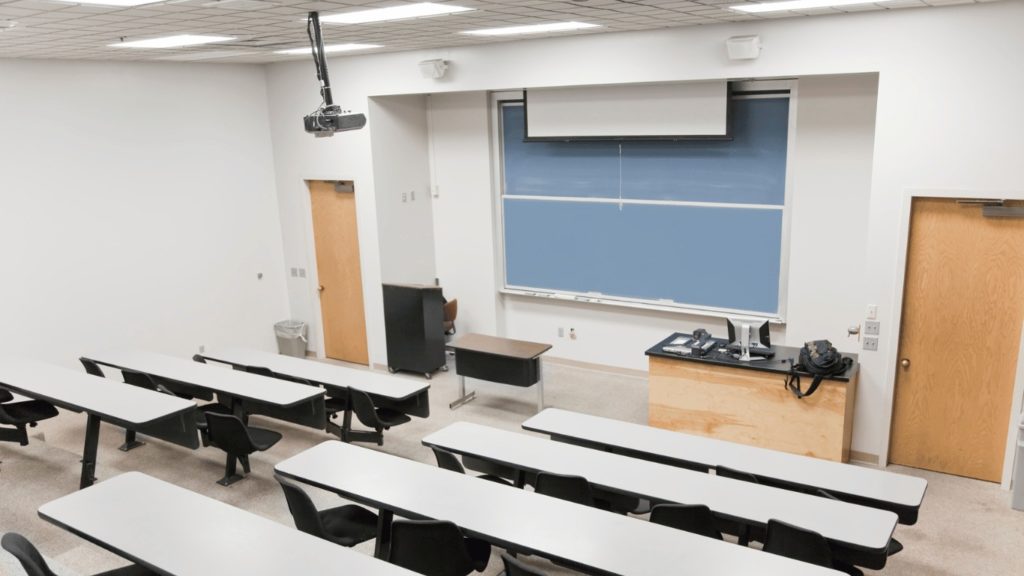Highlighting the Influence of Lighting Circumstances on Motion Identification Accuracy and Reliability
Highlighting the Influence of Lighting Circumstances on Motion Identification Accuracy and Reliability
Blog Article
Illumination conditions play a crucial impact in the way effectively we can perceive movement. Motion detection is a key aspect of various systems, including surveillance cameras, automated lighting systems, and even certain video games. Comprehending the ways various illumination environments affect our ability to perceive motion can assist improve the development and efficacy of these systems. For instance, poor illumination might result in missed motions or incorrect alerts, while ideal lighting can boost the precision of motion detection technologies.
In bright illumination conditions, movement detection is generally more accurate. As there is sufficient light, sensors and cameras can obtain sharper pictures, which helps in identifying dynamic objects. Bright environments allow for better distinction between the moving element and the background. This differentiation is crucial for both human observers and mechanical technologies, as it facilitates it easier to distinguish between static and moving objects in a scene. Therefore, making sure that areas are adequately illuminated can greatly improve Look At This the effectiveness of motion detection technologies.
Conversely, low-light environments can pose challenges for movement detection. In low-light environments, darkness can obscure moving elements, making them hard to detect. Additionally, the eye struggles to detect movement in dim conditions, which can lead to misinterpretation of what is happening in the surroundings. Cameras might also encounter challenges, as many do not function well in low light without the use of infrared capabilities or alternative improvements. These limitations highlight the significance of adequate illumination in settings where motion detection is essential.
Additionally, different types of illumination can have different impacts on motion detection. For instance, fluorescent lights can flicker, which might confuse movement detection technologies that rely on steady light sources. On the contrary, daylight provides a steady form of lighting that enhances clarity. Understanding these differences in lighting conditions can assist have a peek at this site users in selecting the most appropriate lighting for specific uses, particularly in security and safety situations.
In summary, the relationship between lighting conditions and movement detection precision is important. By making sure that settings are suitably lit, we can enhance the reliability of motion detection technologies. This knowledge not only supports tech uses but also improves security and safety in various settings. As further developments are made in movement detection technology, taking into account illumination environments will continue to be a crucial factor in optimizing performance and ensuring that these systems work properly in different conditions.